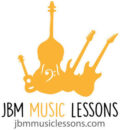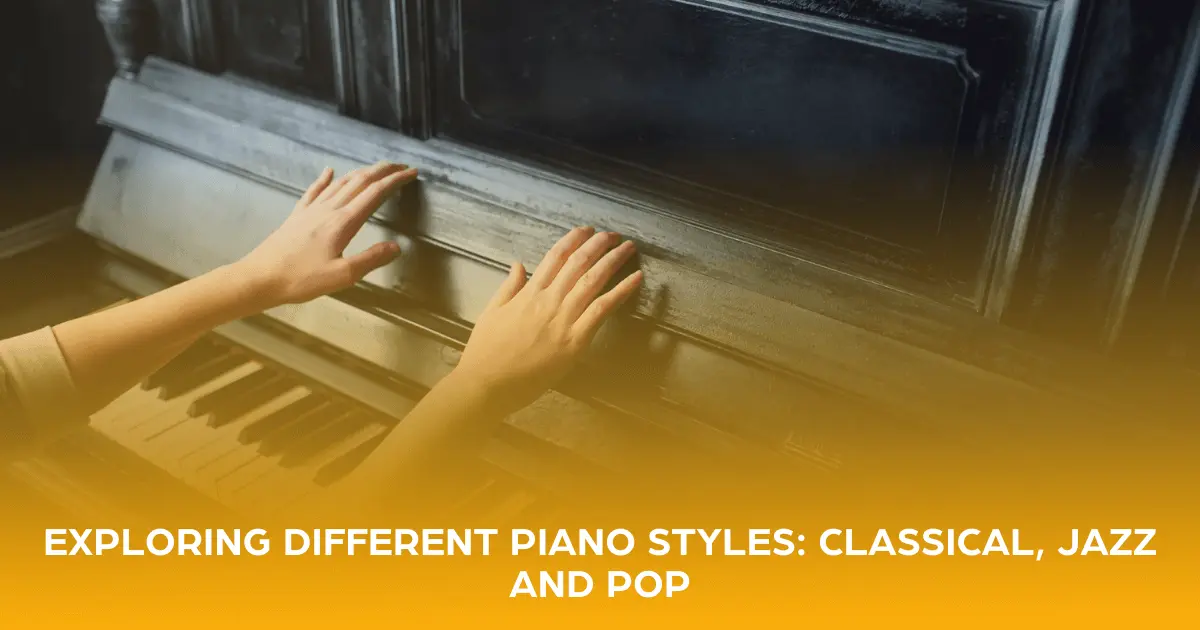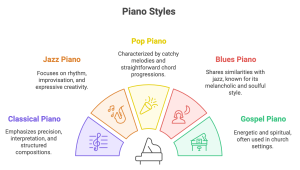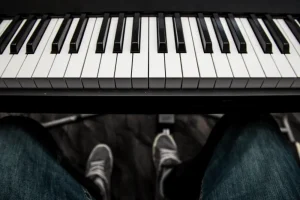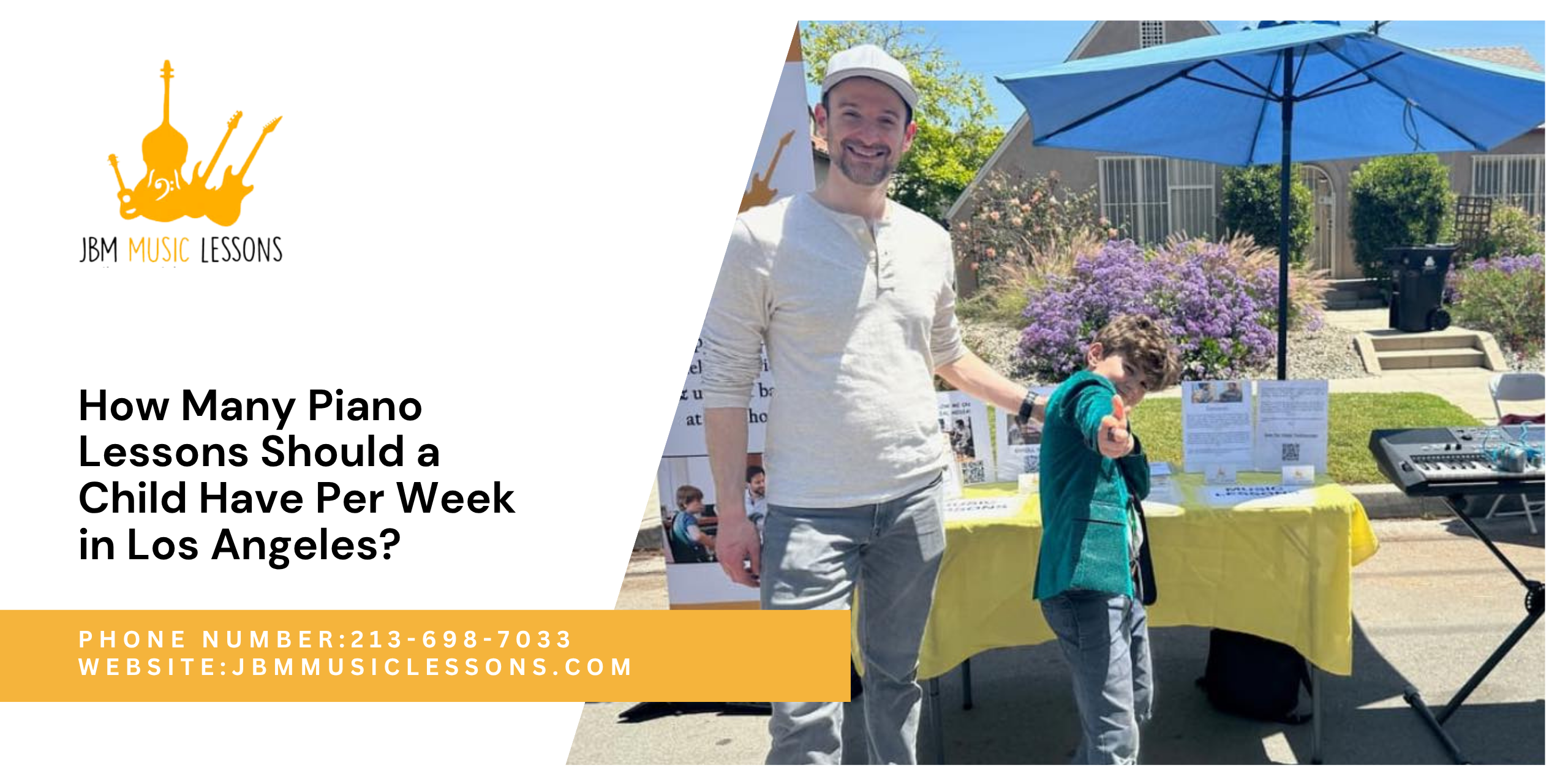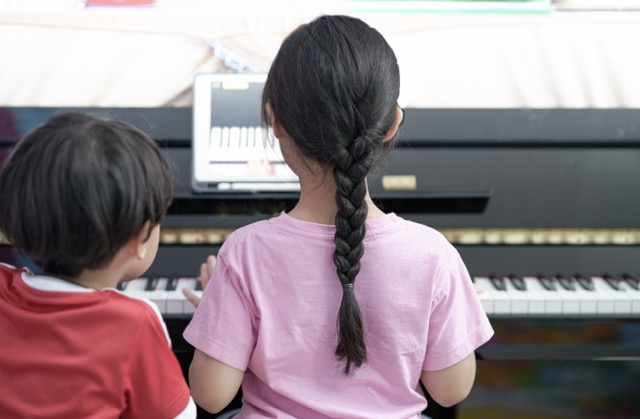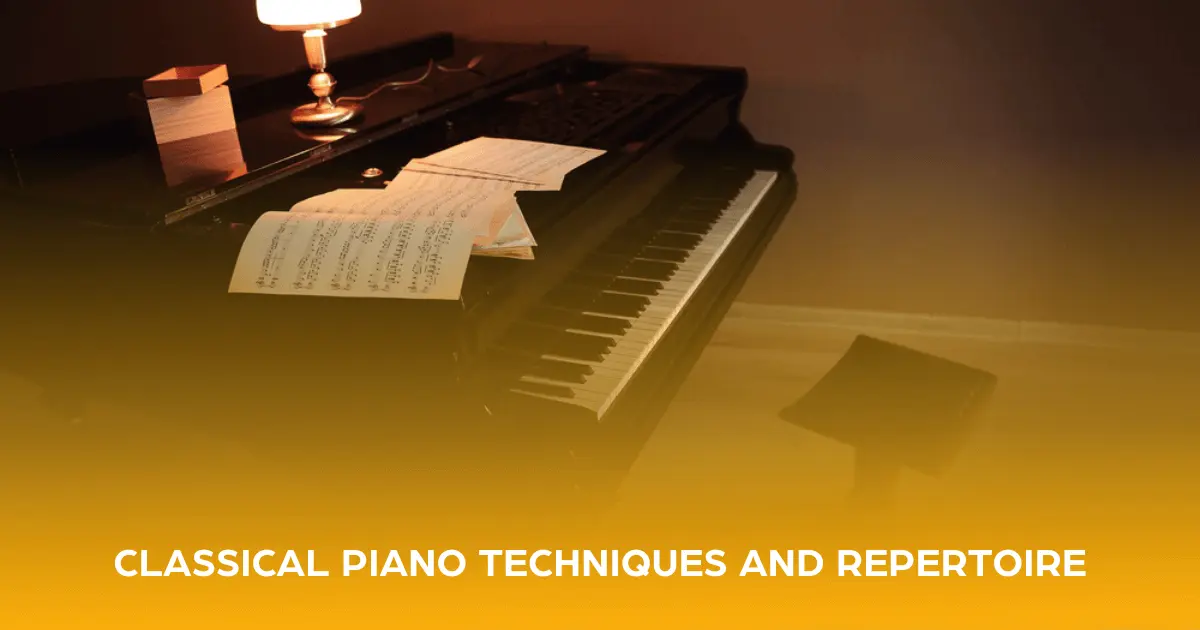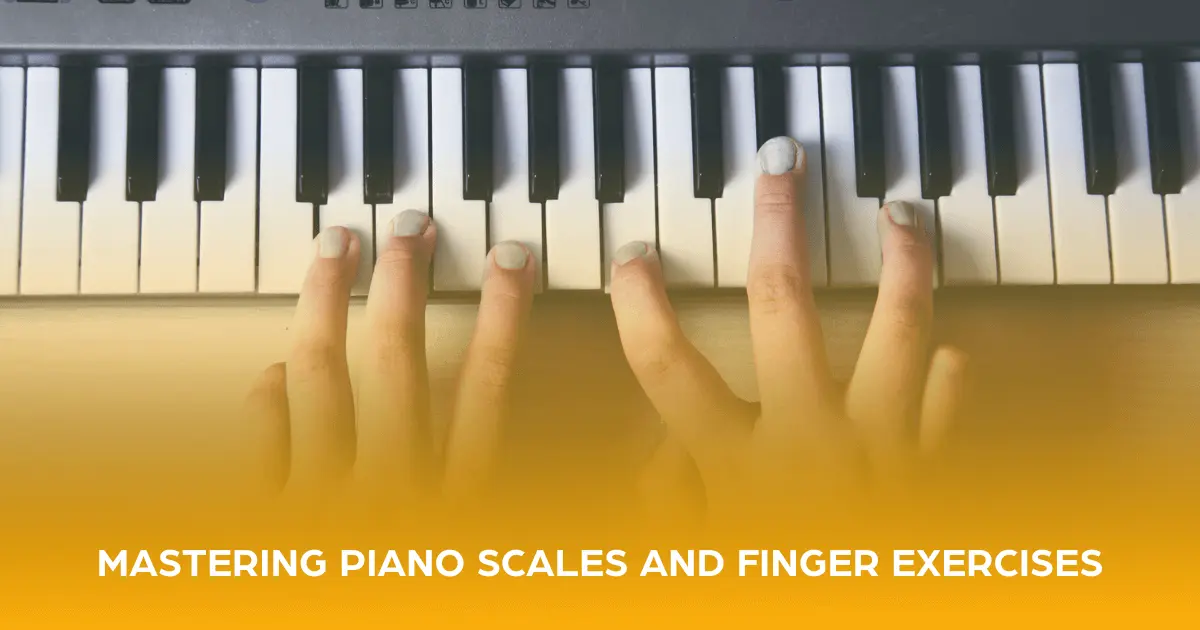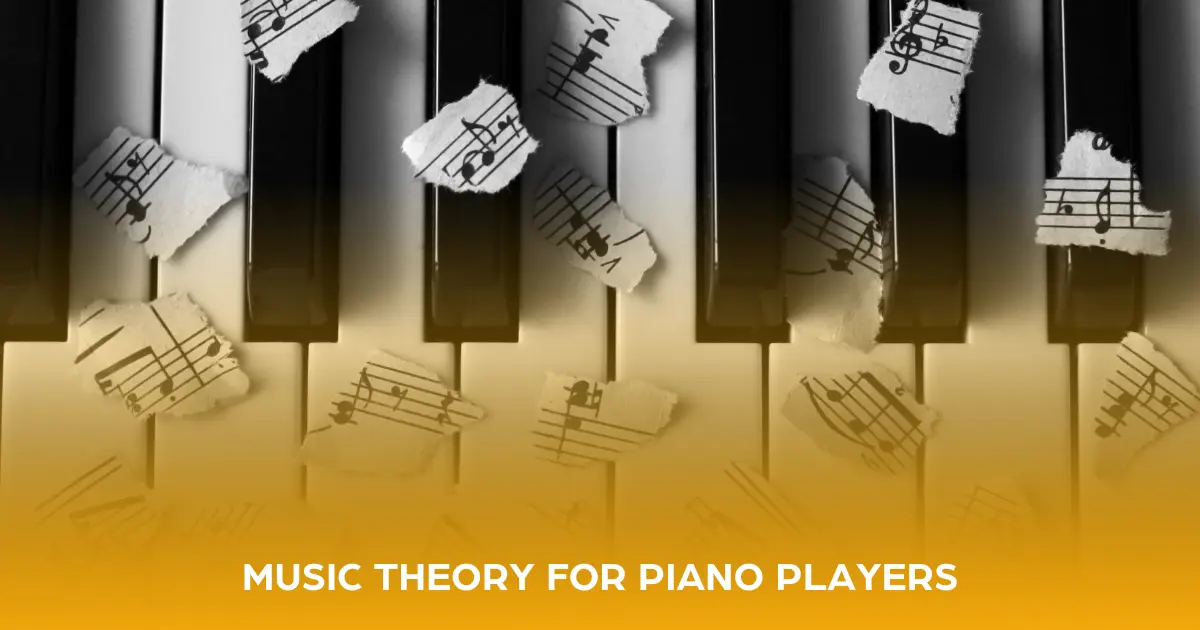Learning to play the piano is a wonderful journey, especially when exploring different musical styles. A few things make the piano unique amongst other musical instruments: First, the piano can accompany itself, meaning the pianist can play two parts simultaneously. Through touch, dynamics, and tempo, the piano has the power to express emotion in a way that few other instruments can.
The piano is a versatile instrument and plays a central role in a wide variety of musical genres, each with its distinct characteristics and styles. Whether you’re drawn to the elegance and formality of classical compositions, the energy and soul of jazz music, or the catchy melody of pop, the piano has something for you. Practicing pieces from different musical genres and styles offers unique challenges and rewards, helping you as a pianist become a more well-rounded musician.
In this post, we’re going to explore different piano styles, from classical to jazz, to pop and more.
Table of Contents
ToggleClassical Piano
We can’t talk about musical genres without first mentioning classical piano. Classical piano music is known for its elegance, structured compositions, and attention to detail. Some legendary composers include Bach, Beethoven, Mozart, Debussy, and Chopin, and many of the piano’s most iconic melodies come from classical music. Some key characteristics of classical piano include:
- Notated Sheet Music – Classical pieces are meticulously noted. Learning to play classical piano requires mastering sight-reading sheet music.
- Precision – Classical piano requires precision and technical skill. Polishing your finger movements is key to mastering this genre.
- Interpretation – Interpretation refers to how a musician presents a piece of music, translating the emotions and meaning of a particular composition into the sound through dynamics and expression. Classical music spans a wide emotional spectrum from different periods including the Romantic-era to the Baroque period, to more modern and contemporary pieces.
Jazz Piano
If you enjoy the upbeat, spontaneity of jazz music, you will enjoy translating that passion to the piano. Jazz piano songs are known for their creativity, rhythmic variation, and expressive nature. It’s hard to resist a catchy jazz piece that makes you tap your feet to the beat! Some famous jazz composers include Thelonious Monk, Bill Evans, and Duke Ellington.
Here are a few tips for mastering the art of jazz piano:
- Focus on Rhythm – Jazz music is marked by its swinging, offbeat rhythm that gives the genre its distinctive flair. Focus on developing a strong sense of rhythm, incorporating variation and syncopation to bring creativity to your music.
- Improvisation – Jazz pianists thrive on improvisation. Try to embrace this spontaneity by improvising in every practice session. Experiment with your scales, chord progressions, and extended harmonies.
- Expression – Jazz itself is a versatile genre. It includes pieces that are loud and funky, laidback and relaxing, or soulful and emotional. Practice using dynamics and articulation to add the right kind of expression to your music.
Pop Piano
Learning to play your favorite pop song on the piano is incredibly rewarding for both beginner and advanced pianists alike. Pop piano is known for its catchy melodies and repetitive choruses, making them easier to memorize and play by ear than other musical genres. Many pop pieces were originally written for other instruments, but almost all of them can be adapted to the piano. Some key characteristics of pop piano include:
- Chord Progressions – Pop music often relies on straightforward chord progressions that are memorable, simple, and repetitive. Learning pop on the piano is ideal for musicians of all different skill levels.
- Contemporary Songwriting – Pop songs embrace modern themes, making them relatable to today’s audiences. Many pianists make their debut by learning a familiar, enjoyable pop song.
- Catchy Melodies – Pop songs feature catchy, sing-along melodies that are interesting and fun to learn.
Other Musical Genres
Beyond classical, jazz, and pop music, numerous other genres can be showcased on the piano, each offering valuable learning experiences. Let’s take a look at some other musical styles you can explore on the piano:
- Blues – Blues music has much in common with jazz, both genres originating in the Southern United States. Both were invented by African Americans who combined African and European musical concepts. Jazz music is often more lively and upbeat, whereas blues is more melancholic, sharp, and slow.
- Rock – Just like the pop tunes you hear on the radio, many of your favorite rock songs can be adapted to the piano.
- Gospel – Gospel piano is energetic, spiritual, and soulful. Gospel pianists play a role in leading the music during church services and providing accompaniment for choirs or congregational singing.
The piano is an instrument that has captivated people for centuries and continues to stand the test of time. Each piano genre offers a unique experience for musicians. Whether you enjoy classical compositions, jazz improvisation, or catchy pop tunes, the piano has a place for you to explore your musical passion. To learn piano, contact us today at JBM Music Lessons.
